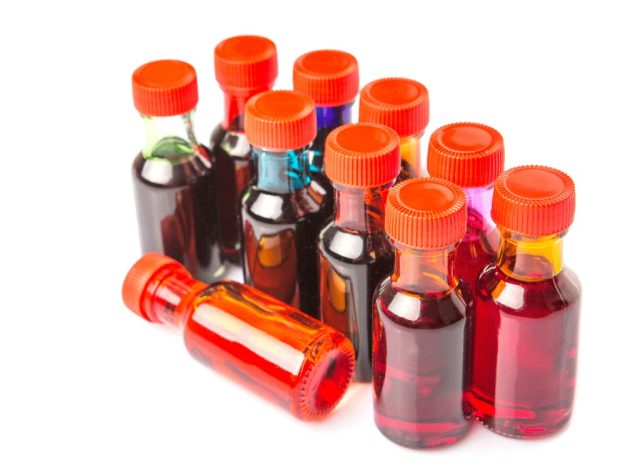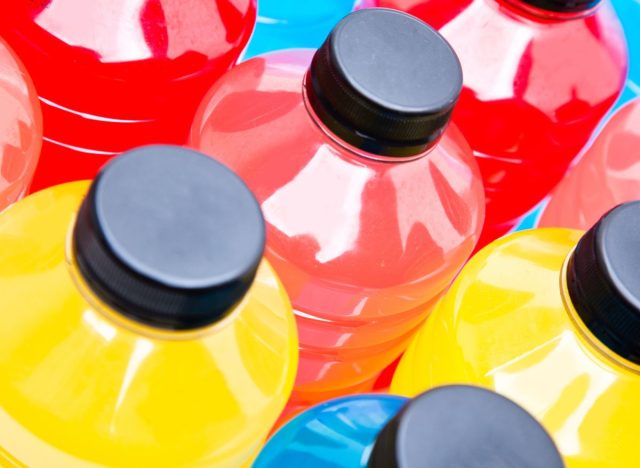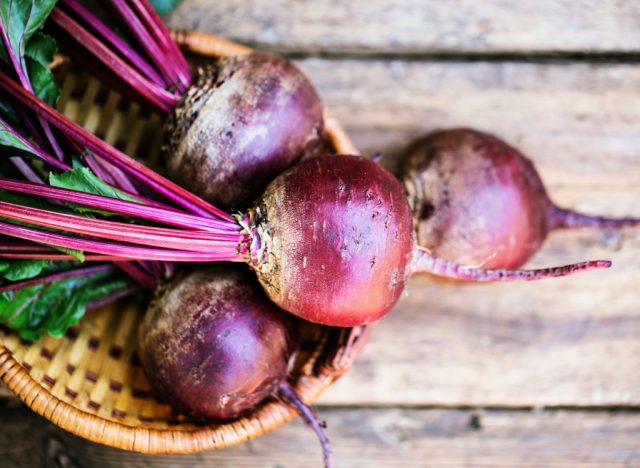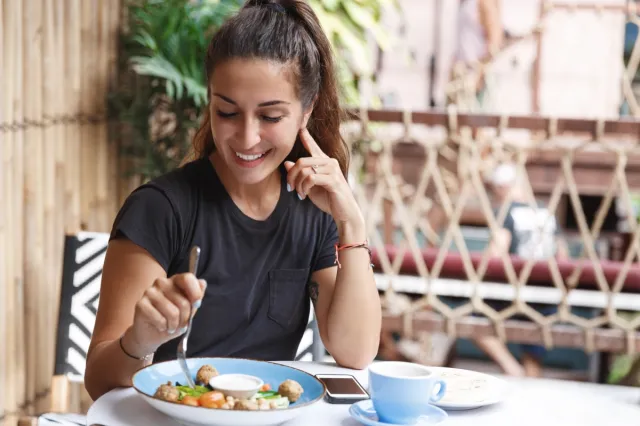8 Food Dyes the FDA Is Banning That Shoppers Should Know About

At a press conference on Tuesday, HHS Secretary Robert F. Kennedy Jr., preceded by FDA Commissioner Marty Makary, discussed his plan to phase out 8 commonly used food dyes from medications and the nation's food supply by the end of 2026. "We have been running one of the largest uncontrolled scientific experiments in the world on our nation's children without their consent," said Makary. "And today we are removing these petroleum-based chemicals from their food supply."
Makary emphasized that this move is not just symbolic, calling it "one important step" toward addressing chronic disease in children. "The answer is not more Ozempic, more ADHD medication, and more antidepressants," he said. "We have to look at underlying root causes."
The FDA is specifically targeting dyes like Red Dye No. 40, Yellow Dyes No. 5 and 6, Blue Dyes No. 1 and 2, and Green Dye No. 3. "For companies that are currently using petroleum-based red dye, try watermelon juice or beet juice," Makary suggested.
He also pushed back against the idea that switching to natural dyes would be costly, noting, "The transition… will not increase food prices. We know that from other countries that have already made the transition."
But what does that mean, exactly? If you aren't sure what to make of this recent development, you aren't alone. Eat This, Not That! chatted with Tara Collingwood, MS, RDN, CSSD, LD/N, ACSM-CPT, a Board Certified Sports Dietitian and co-author of the Flat Belly Cookbook for Dummies, and asked her to explain this latest development, including which dyes are being phased out and what this means from a health standpoint.
Why Are Dyes Being Phased Out?

Q: Among the dyes being phased out—like Red No. 40, Yellow No. 5, and Blue No. 1—are any especially concerning to you from a nutrition or behavioral standpoint?
A: The studies are mixed and the US FDA has historically found the research to be less convincing than the EU. Some studies may have connected the dyes to hyperactivity in children, inflammation, DNA damage in vitro, and neurotoxicity.
Q: Why do these remain so common in U.S. products when other countries have largely replaced them?
A: The food dyes are still in our food supply because they have not been banned yet.
What Products Contain These Dyes

Q: What popular foods or drinks should people be aware of that still contain these dyes?
A: Most common are candy, cereals, and beverages likes sports drinks and fruit flavored drinks
Q: Are there any surprising categories where they show up?
A: They might be in things like vitamins, medications, pet food, toothpaste, shampoo and bubble bath, pickles, and some yogurts.
Are There Any Natural Alternatives?

Q: If these dyes are removed, what natural alternatives are typically used, and are there any trade-offs nutritionally or otherwise?
A: Typically they will use fruits, vegetables and spices to provide the colors desired in the products (beets, pomegranate, turmeric, paprika, carrot, spirulina, etc)
Q: For example, do color changes affect how kids eat or how a product is perceived?
A: They will typically extract the color from the fruit or vegetable and you won't even notice that the flavor or texture will change.
Will This Be an Overall Improvement

Q: Do you see this move as a meaningful improvement to the U.S. food supply, or is it more of a symbolic gesture?
A: Yes, this is a very meaningful improvement. Other countries have been convinced of the potential negative impact of artificial dyes and banned them and it is time for the US to catch up.
Q: What impact could this have on how food is formulated going forward?
A: Food companies use artificial dyes because they are cheap and widely available. Sourcing colors from natural sources could be more expensive.
Bottom Line: How Should We Approach This?

Q: What's your approach as a dietitian when the science is still developing, but there are potential risks, especially with kids?
A: It always comes down to personal choice, and people vote with their dollars. If a person doesn't want artificial dyes, they can read labels and choose a brand that doesn't use them. I also think it is about portion size. If you have a small amount of a dye vs having several exposures daily, the impact will be a lot less.
Q: How do you talk to families about precaution versus panic?
A: I always encourage people to read labels and make their own choices. Limiting exposure is a good idea, but don't panic, especially since the science is a bit mixed, so there's no reason to worry.









